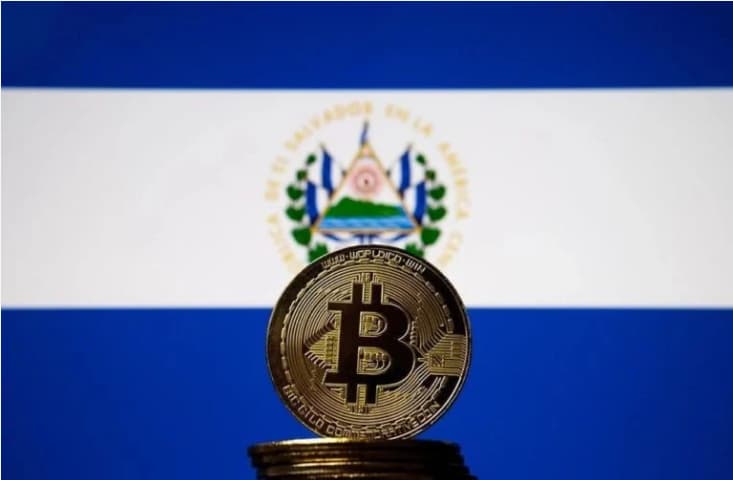El Salvador’s adoption of bitcoin as legal tender and the country’s second national currency in September of this year calls into question the viability of decentralised cryptocurrencies as a like-for-like substitute for centrally-controlled national currencies, the statement shared with Finbold suggests.
According to William Je, CEO of institutional investment firm Hamilton Investment Management, El Salvador’s adoption of bitcoin is not a model for the future, but instead an exception to the rule.
“Let’s remember that El Salvador is a developing economy and a nation with a history of currency changes,” Je explained. “In 2001, El Salvador replaced its then domestic currency, the colón, with the US dollar. Its adoption of bitcoin as legal tender is down to the same challenge the nation faced 20 years ago, which is that just under a quarter of the country’s GDP comes from remittances from its citizens who live and work abroad.”
According to the El Salvador Government, remittance fees cost its citizens over $400 million each year. Furthermore, most El Salvadorians do not have a bank account. As such, the adoption of a digital currency that can be used on a smartphone has the potential to open up access for them to a range of other financial services for the first time.
However, global creditors including the International Monetary Fund, are already warning against adopting a nationless, decentralised digital currency like bitcoin, which relies entirely on market speculation. “It’s highly unlikely that any major developed economy will follow El Salvador’s example and elevate a third-party cryptocurrency which their own central bank cannot control to legal tender status,” continued Je.
But, El Salvador’s adoption of bitcoin comes at a time when a growing number of countries are considering the idea of digital currencies of their own. According to the US think tank the Atlantic Council, approximately 89 national central banks worldwide are exploring the idea of setting up and launching their own Central Bank Digital Currencies.
China has also been publicly testing its own digital yuan currency (known as e-CNY) since April 2021 and plans a large-scale trial during the Beijing Winter Olympics next year. The USA is also running two programmes looking into a digital dollar.
The Bahamas was one of the first nations to issue a CBDC, launching a cryptocurrency version of its dollar in an effort to avoid moving physical cash across islands. And just last month (October), Nigeria, one of Africa’s largest economies, launching its own CBDC system, called eNaira.
According to HSBC’s Global Research, the Central Bank of Nigeria sees eNaira as “supporting financial inclusion through providing a less costly, more efficient and safe means of payment in a country where the World Bank estimates that 60% of the adult population was unbanked in 2017”.
CBDCs would retain ‘some of the perceived benefits of a cryptocurrency’
Here in the UK, the Bank of England and HM Treasury have launched a consultation on the potential future launch of a UK CBDC stablecoin between 2025 and 2030.
According to the Bank of England, a UK CBDC would serve as “a new form of digital money” for individuals and businesses to use “for their everyday payments needs.” The CBDC would not replace cash and bank deposits but would instead work alongside and complement them.
Commenting on the emerging CBDC trend among central banks, Je said,
“A national CBDC managed by a central bank would retain some of the perceived benefits of a cryptocurrency – such as simple transfers of large sums, doing away with physical cash, and an audit trail to crack down on corruption and tax evasion. Cryptocurrencies in general have hard-coded limits on the number of coins that will ever exist and this distinguishes them against an unlimited supply of fiat currency,”
Je also underlined that a CBDC could be created from thin air by central banks with quantitative easing just as with traditional currencies – but this arguably defeats the object of a digital-based currency.
“Central banks need to be clear on what they want to achieve by launching their own CBDC – what problems do they think they can solve and what new opportunities do they think they can create with a digital currency, which their existing policies and products cannot,” concluded Je.









